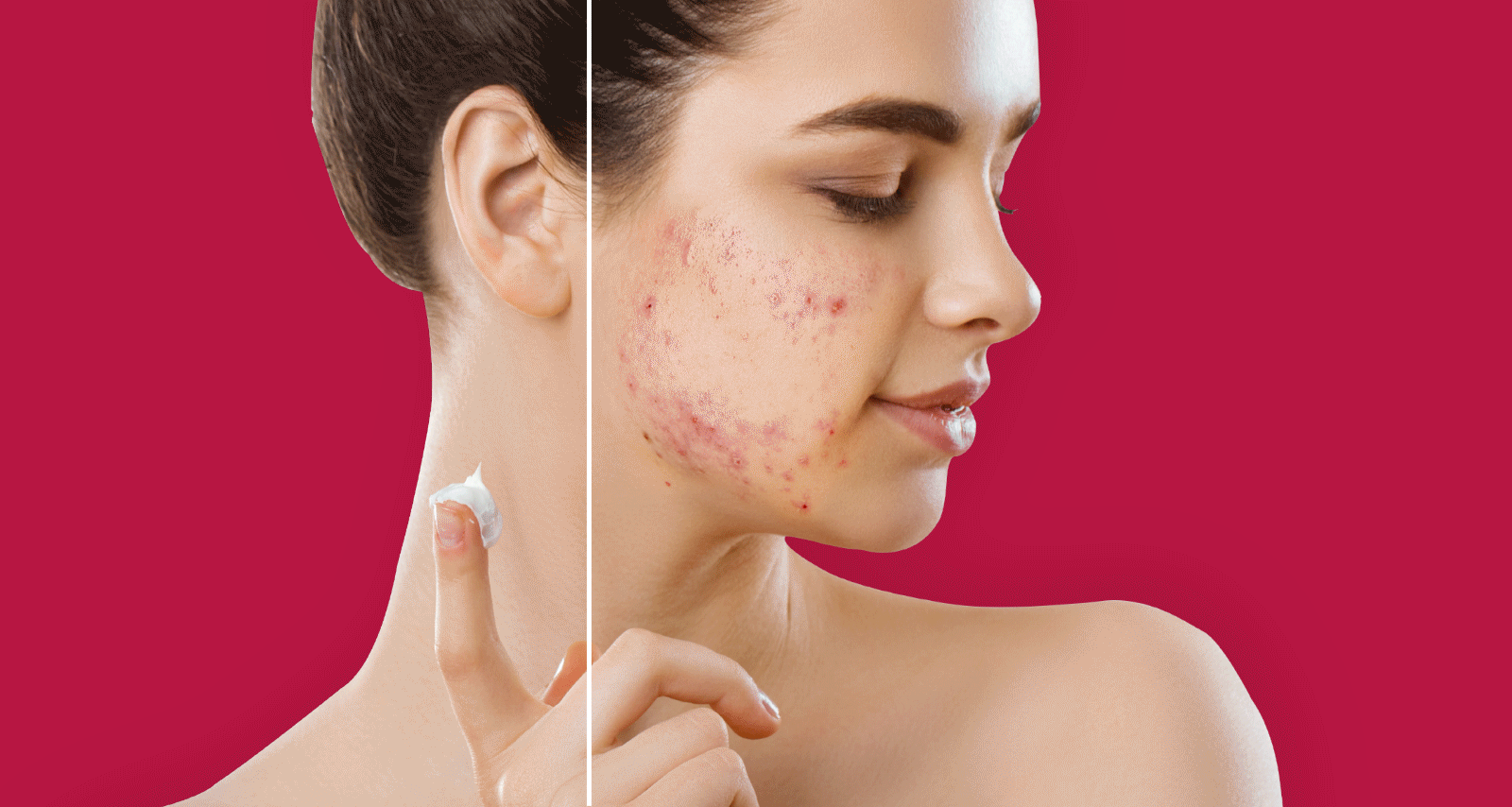The UK’s leading development, testing & regulatory laboratory.
Sign up to our newsletter to receive insights and news from ADSL and key technical partners.
Book a free product consultation with our expert team
Book a free product consultation

In the dynamic world of cosmetics, the harmony between a product and its packaging is not just a matter of aesthetics but also of science. This is where compatibility testing plays a crucial role. It’s a process designed to ensure that cosmetic products not only look good in their packaging but also maintain their integrity, functionality, and safety over time.

Non-comedogenic studies refer to scientific investigations conducted to determine whether a product has the potential to clog pores and cause acne or other skin issues.

In the dynamic world of product formulation, continuous improvement and adaptation are not just beneficial but essential. At ADSL, we specialise in navigating these complexities, offering expert assistance in improving and modifying existing formulations and developments. As products mature and markets evolve, it becomes imperative for businesses to adapt not only to stay competitive but also to meet ever-changing regulatory, market, and consumer demands.

In the ever-evolving landscape of cosmetic and personal care products, the importance of ensuring safety cannot be overstated. With a vast array of ingredients entering the market, there is greater potential for adverse reactions or health risks prompting a significant focus on toxicological risk assessment.

In the dynamic world of cosmetics, the harmony between a product and its packaging is not just a matter of aesthetics but also of science. This is where compatibility testing plays a crucial role. It’s a process designed to ensure that cosmetic products not only look good in their packaging but also maintain their integrity, functionality, and safety over time.

Non-comedogenic studies refer to scientific investigations conducted to determine whether a product has the potential to clog pores and cause acne or other skin issues.

We are dedicated to setting the benchmark in cosmetic testing through our Objective Assessments and Clinical Trials. Our approach is rooted in a commitment to ensuring product efficacy, safety, and performance, fulfilling a crucial need in the cosmetics industry.

A Product Information File (PIF) stands as one of the foremost legal requirements for introducing a product to the market. Each cosmetic product necessitates its own PIF, encompassing vital information like the Cosmetic Product Safety Report (CPSR), product description, manufacturing methods, and more. This file is subject to scrutiny by the Regulatory authority.